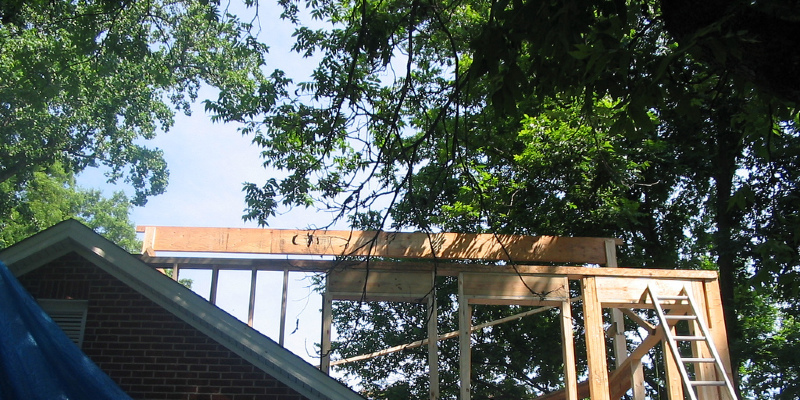
When you’re adding distance to your house, there are three options: out or up. Knowing which is best for you means weighing a number factors — from cost and design, to feasibility and function.
If you’re thinking of including a basement to your house, there’s plenty to consider. Security and stability fixes are distinct underground than they are on a house’s main flooring. These eight tips can help you discover if digging down is your house’s best choice.
Ventana Construction LLC
What do you currently have? If you have a basement that is unfinished with a good ceiling height, completing that distance will likely be the least expensive way to go. In case you need to dig down a couple of feet, that price will start to compete with the price of a ground-level accession. If you’re completely digging a basement or lifting your house to add you, do this in the event that you can’t add onto your house in another way (as an example, because of lot coverage limitations), because that basement space will come in at a steep price per foot.
Cornerstone Architects
How deep do you want to dig? Basements generally require base walls with footing drains and a ceiling that is at least a little more than the height of a typical doorway (approximately 7 ft). Many homes with existing bathrooms have ceiling heights lower than that and may have regions where ductwork hanging below the joists leaves the ceiling much lower.
Melts a couple of feet means removing dirt and concrete, which makes new concrete footings below the existing ones and pouring a new concrete slab flooring. If you’re making a new basement where there is only a crawl space, or if your existing base isn’t structurally sufficient, it may require lifting your home while the new base walls and slab are poured. A couple inches goes a long way toward creating the room feel comfortable. If you can afford 8-foot ceilings, you may use surface-mount lighting fixtures instead of lights.
CL Design-Build, Inc..
How can you make egress? Egress simply means an exit in case of an emergency. Building codes determine just how big this should be and where, however, an egress can generally be a large window with a low sill which the majority of folks can use to climb out. Additionally, it may be a doorway, which either means digging a concrete stairwell or installing a brand new door if your house is on a sloped lot. Consult your regional building codes to the specifics locally.
Gina Bon
How can you connect with the sewer line? Knowing how deep the sewer line is as it leaves your house will help determine if you can empty your new basement tub by gravity or need a pump to push it uphill. Even if your waste piles move down through the concrete slab, you may still need a brand new pump if you decrease your slab by merely a couple of feet.
Peregrine Design Build
Will there be sufficient lighting? Often, installing an egress window means digging a window nicely. You will have more lighting in that location, but installing extra windows can make your basement feel more open.
There are several other suggestions, too. Exterior glass doors allow light in, while interior glass doors funnel window lighting into a dark hallway. Relites, or interior windows, allow light to filter through to darker interior chambers.
W.b. builders
Where to Set the stairs? If you already have a basement, then you probably have interior or exterior stairs for accessibility. But just because that is where someone else place it doesn’t mean that is where you need it. Transferring the staircase will take up primary level distance but could free some up as well. Your designer or architect can help you through the options.
Dalton Distinctive Renovations
Where will you set the mechanical space? Older homes tend to have 80% (or less) efficient furnaces and hot water heaters. These gasoline and oil-fired appliances will need to vent vertically, which means that a number of them are clustered around a mechanical chimney or other masonry chimney.
Adapting to new 90 percent effective (or even better) appliances includes two perks: reduced utility bills along with the ability to put them wherever you want. These furnaces and water heaters port with PVC pipe. This means you don’t need to be close to a masonry chimney and also will have more design flexibility.
Synthesis Design Inc..
How will you heat the distance? Melts gives you the chance to install insulation beneath your brand new concrete slab, significantly improving the cellar’s energy efficiency.
That brand new slab also adds the ability to install radiant heating tubes at the concrete. They can be a part of a whole-house glowing system or self-contained to heat just the basement.
This system may also supply hot water into the tub and laundry at the level. If you switch into radiant warmth to your entire residence, you have the capability to gain lots of ceiling height once you remove all that outdated ductwork.
More:
Contractor Tips: How to Finish Your Basement the Right Way
More Living Room: Making Room for Family